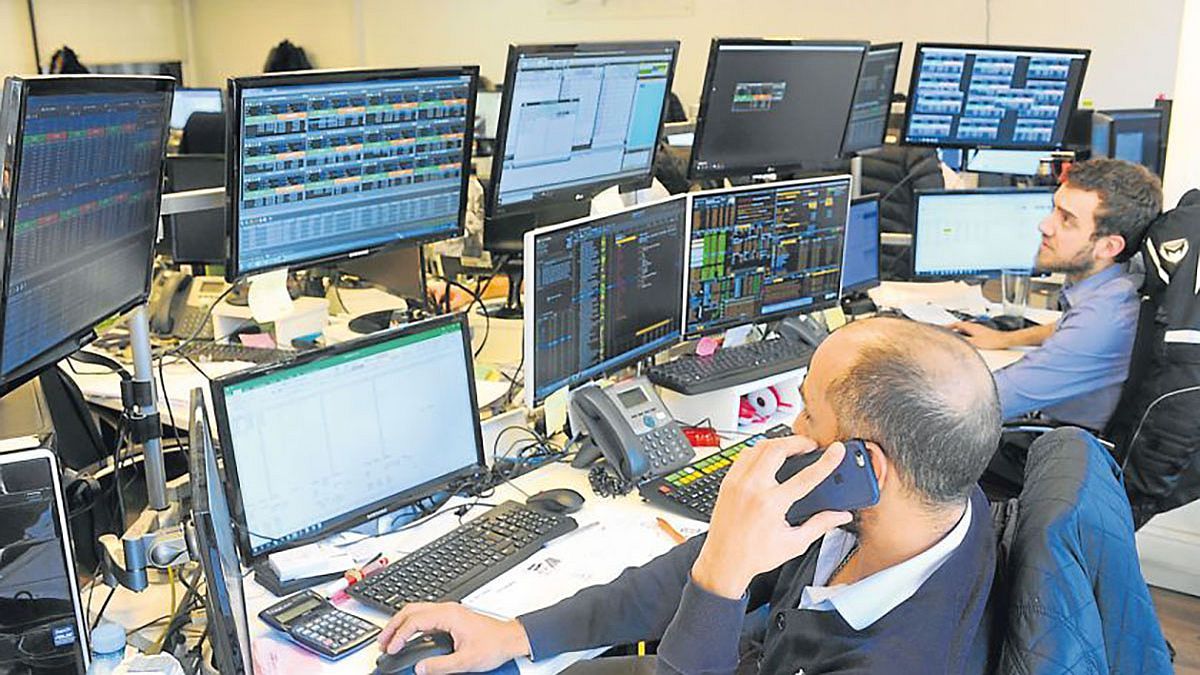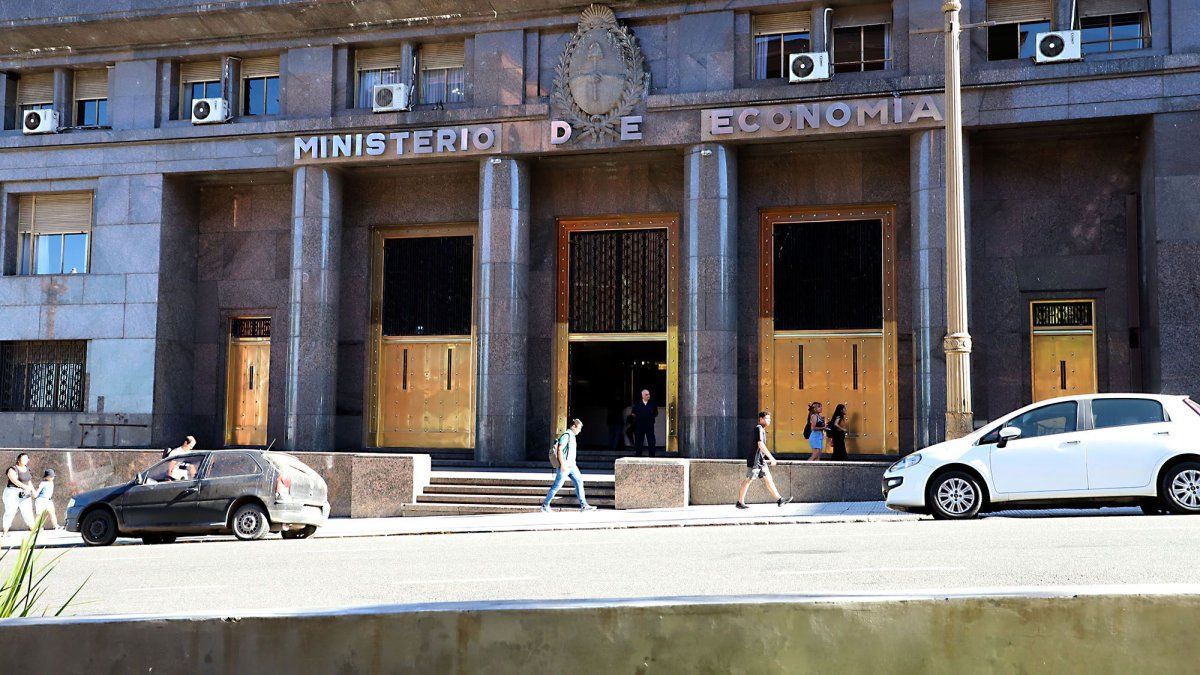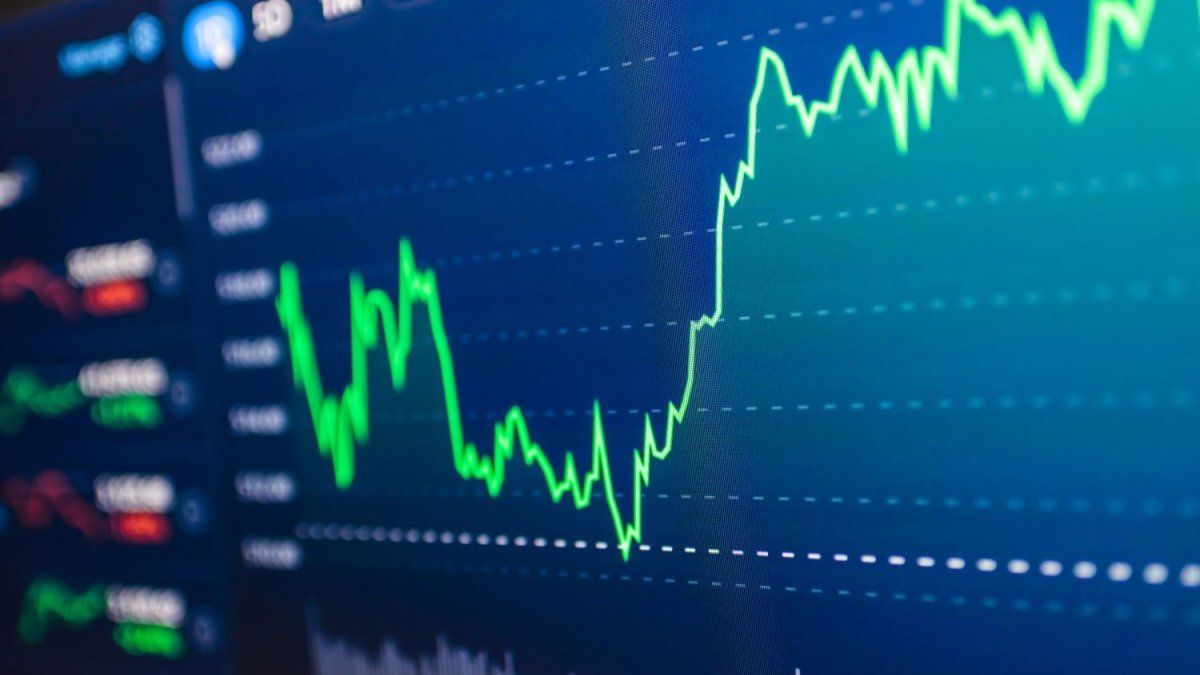Lucas Yatche, head of Liebre Capital, pointed out different factors behind the rise in the indicator: “The beta (market risk) that we have has been quite high. Also, there is a lot of sensitivity to emerging movements. Pointing to the local, the uncertainty regarding the IMF review, in a context where the primary deficit grows, the transfers from the Central to the Treasury also, since monetary assistance exceeds 0.4% of GDP, which is 40 % of what the agreement with the Fund allows throughout the year. Also, the fear of new difficulties in rolling out the debt in pesos by the government, hand in hand with the strategy of stretching duration and deindexing the short debt within the Treasury, added to the difficulty of accumulating reserves, which are far from the target of the second trimester”.
From Grupo Bull Market they explain that “the tightening of the Fed that restricts global liquidity and makes investors ask for a higher rate for risky investments, as in the case of Argentine bonds”, although they clarified that the financial isolation that we have with the rest of the world mitigates this channel. And they added: “From the internal point of view, the doubts about the fiscal and monetary program, also the difficulties to sustain the accumulation of reserves despite the record liquidation. To which are added the energy payments that are estimated to start stronger as we enter the colder months, which further weaken the already depleted reserves of the BCRA.
For his part, Santiago López Alfaro, president of Patente de Valores, considered that “we had a bad start to the year for almost all financial assets in the world, all the stock markets yielding negative, except for commodities; it is logical that Argentine bonds do not do well in this context, although they have remained in the $30 area, which is the value at the beginning of the year”.
perspectives
Analysts agreed that they do not see a possible change in the country-risk trend in the short term. On the one hand, due to the lack of drivers that demand titles. On the other, as a result of the lack of economic policies aimed at improving the factors that investors observe the most.
“The country-risk is currently at quite high levels, which makes it difficult to imagine a situation where it could rise more, without implying a violent crisis. However, it is a scenario that I would not rule out. For now, the basis would be to continue as we are. The same for the rest of the Argentine assets, which, although they are at relatively depressed prices, do not have upward drivers in the short term”, they warn from Grupo Bull Market.
Yatche agreed with the analysis: “The country risk is in line with the yield of the bonds, which currently implicitly price the need for a debt restructuring in a couple of years, without access to the capital markets. We can assume that they already reflect exaggerated returns in this regard. The reality is that for there to be a sustained change in the country-risk trend, we need to see signs of economic policy, specifically fiscal and reserve accumulation, that are sustained over time; we are not yet seeing it. Likewise, there are not many drivers in the short or medium term for investors to be able to demand these titles”.
Meanwhile, López Alfaro stated that “if the price of commodities is kept high going forward, the bonds should be held at these values.” “At some point they may start a recovery in view of the 2023 electoral process, but that may take time, so these values are likely to be sustained over time,” he concluded.
Source: Ambito
David William is a talented author who has made a name for himself in the world of writing. He is a professional author who writes on a wide range of topics, from general interest to opinion news. David is currently working as a writer at 24 hours worlds where he brings his unique perspective and in-depth research to his articles, making them both informative and engaging.




